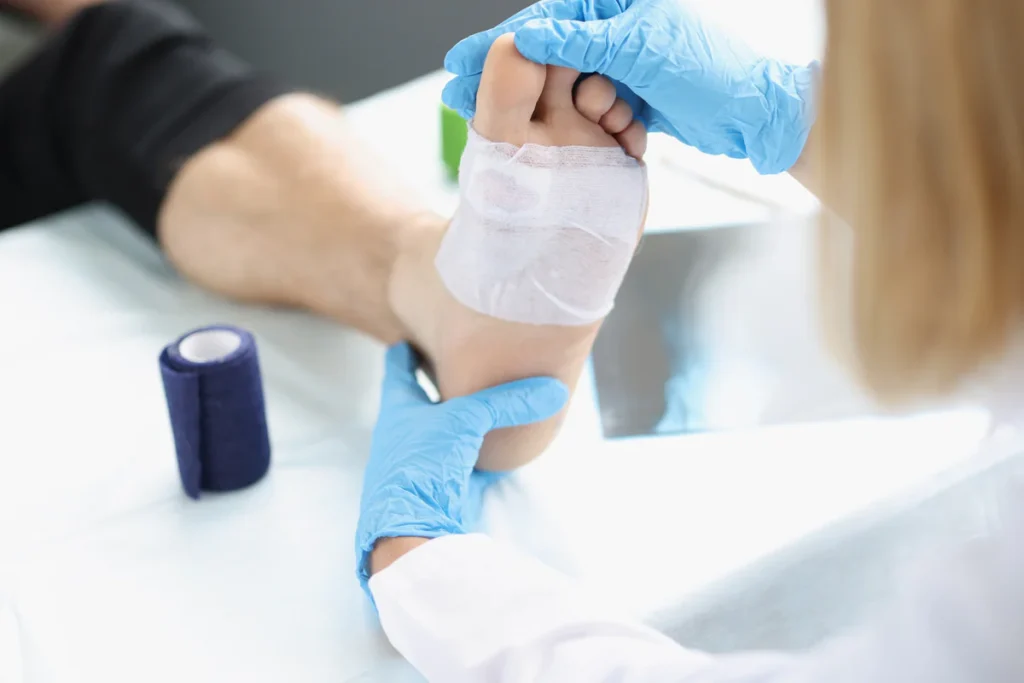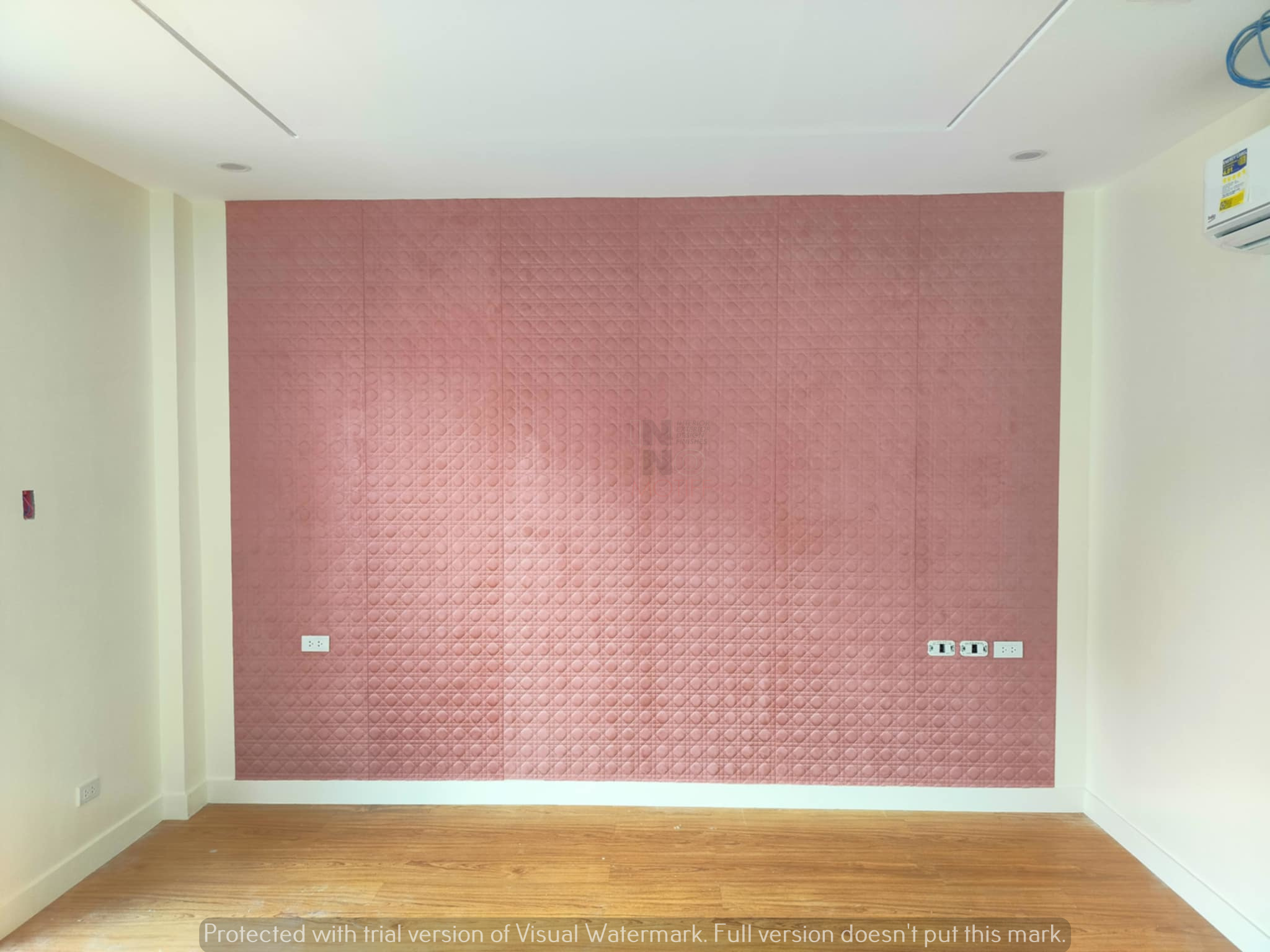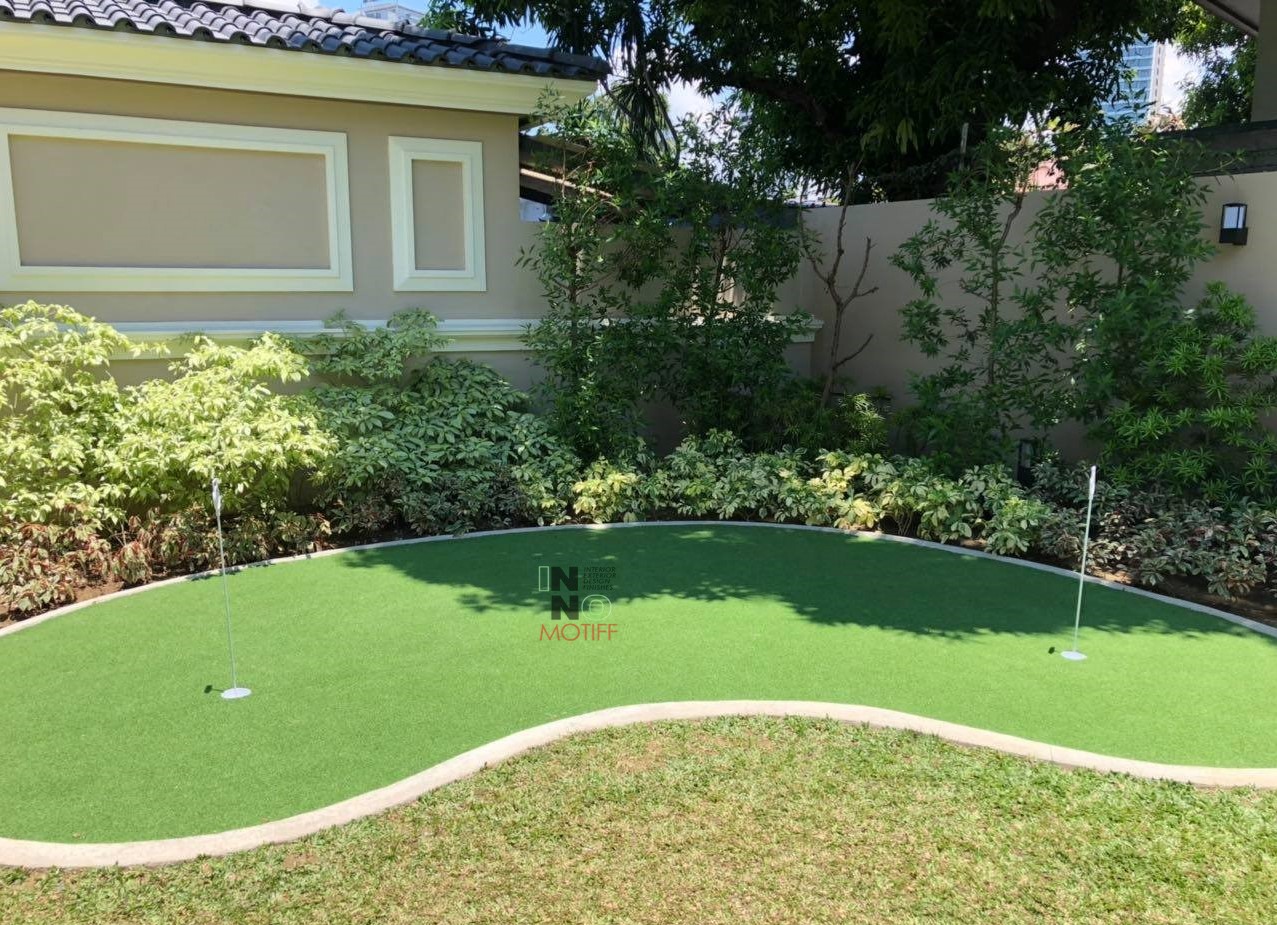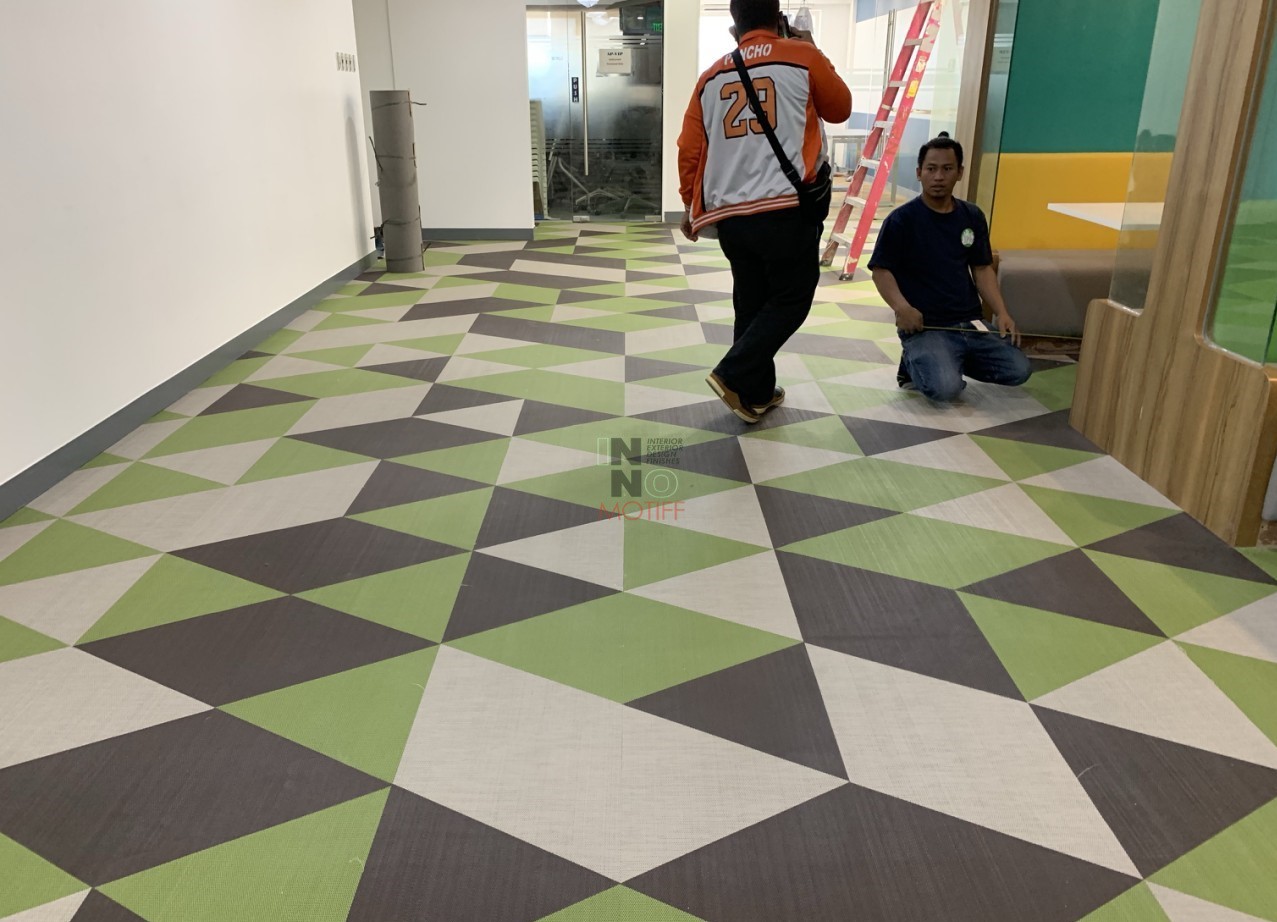Understanding Forefoot Ulcers
Forefoot ulcers are open sores that typically develop on the ball of the foot, the toes, or the metatarsal heads. These ulcers often result from excessive pressure, friction, or injury, and they are particularly common among individuals with diabetes or poor circulation. Unlike other foot ulcers, forefoot ulcers can be more prone to infection due to their location, which endures constant weight-bearing pressure. Early symptoms may include redness, swelling, persistent pain, or a noticeable wound that fails to heal. People with neuropathy may not feel pain, which can delay detection and treatment. Age, diabetes, obesity, and poor footwear choices all increase the risk of developing forefoot ulcers. Identifying these ulcers early is critical, as untreated ulcers can lead to severe infections, impaired mobility, and in some cases, the need for surgical intervention.
The Role of Orthopedic Treatment in Forefoot Ulcers
Orthopedic treatment for forefoot ulcers focuses on relieving pressure, promoting healing, and preventing recurrence. Orthopedic specialists assess the patient’s foot structure, gait, and ulcer severity to create a personalized treatment plan. Early intervention can reduce complications and support faster healing by minimizing stress on the affected area. Treatment often involves a combination of devices, footwear adjustments, and sometimes surgical procedures, depending on ulcer severity. A multidisciplinary approach, including podiatrists, orthopedic doctors, and wound care experts, ensures comprehensive care. Orthopedic treatment not only addresses existing ulcers but also targets the underlying causes, such as biomechanical issues or improper footwear. Patients who adhere to orthopedic recommendations are more likely to experience improved mobility and a lower risk of recurrent ulcers.
Orthopedic Devices and Tools
Orthopedic devices play a crucial role in managing forefoot ulcers by reducing pressure and enhancing foot stability. Custom orthotics are designed to redistribute weight evenly across the foot, relieving pressure on ulcerated areas. Specialized footwear with soft padding, extra depth, or offloading features can prevent friction and protect vulnerable skin. Offloading devices, including total contact casts, removable walkers, and protective pads, are often prescribed to immobilize the affected area and promote healing. Newer technologies, such as 3D-printed orthotics and pressure-mapping shoes, allow for precise customization to meet individual needs. Regular monitoring and adjustment of these devices ensure continued effectiveness as healing progresses. Combining these tools with proper foot hygiene and care significantly enhances the success of orthopedic treatment for forefoot ulcers.
Surgical and Non-Surgical Orthopedic Options
Non-surgical orthopedic treatments remain the first line of defense for most forefoot ulcers. Debridement, padding, and pressure redistribution techniques help remove dead tissue, reduce stress on the ulcer, and encourage tissue regeneration. In severe or non-healing cases, surgical intervention may become necessary to remove infected tissue, correct deformities, or adjust bones and tendons that contribute to ulcer formation. Surgical procedures carry risks such as infection, delayed healing, or limited mobility, making careful patient evaluation essential. Post-surgical care focuses on protecting the site, preventing infection, and gradually restoring weight-bearing ability. Both surgical and non-surgical options benefit from adjunctive treatments, such as specialized footwear and orthotics, to prevent recurrence. Consistent follow-ups with orthopedic specialists are vital to monitor healing and make adjustments as needed.
Preventive Orthopedic Strategies
Preventing forefoot ulcers is often more effective than treating them after they occur. Regular foot inspections can identify early signs of irritation, redness, or pressure points before they develop into ulcers. Selecting appropriate footwear that distributes weight evenly and avoids excessive friction is critical for high-risk individuals. Custom orthotics should be regularly adjusted to accommodate changes in foot structure or activity levels. Lifestyle factors, such as maintaining a healthy weight and managing blood sugar levels in diabetic patients, can reduce stress on the forefoot. Routine visits to orthopedic specialists allow early intervention and reduce the risk of complications. Patients should also be educated on proper walking techniques and activity adjustments to minimize pressure on vulnerable areas. Preventive measures, combined with timely orthopedic care, significantly improve long-term foot health and mobility.
Patient Education and Self-Care
Patient education is a cornerstone of effective orthopedic treatment for forefoot ulcers. Teaching individuals to monitor their foot health daily empowers them to detect early signs of problems. Patients should be instructed on proper foot hygiene, such as washing feet with mild soap, drying thoroughly, and applying protective creams if recommended. Using prescribed orthotics and footwear consistently ensures that the ulcer site remains protected and supported. High-risk patients, including those with neuropathy or diabetes, benefit from understanding how lifestyle habits affect foot health. Clear guidance on when to seek professional help for new wounds, infections, or unusual pain is essential. Encouraging patient engagement and adherence to treatment plans significantly improves healing outcomes and reduces the likelihood of recurrence.
Frequently Asked Questions (FAQ)
1. What are the early signs of forefoot ulcers that require orthopedic attention?
Early signs include redness, swelling, persistent pain, small open sores, or thickened skin. Patients with neuropathy may notice subtle changes like warmth or unusual pressure points. Immediate evaluation by an orthopedic specialist can prevent complications.
2. Can orthopedic shoes completely prevent forefoot ulcers in high-risk patients?
While orthopedic shoes significantly reduce pressure and friction, they may not completely prevent ulcers, especially in individuals with severe neuropathy or poor circulation. Regular monitoring and foot care are also essential.
3. How long does it typically take for a forefoot ulcer to heal with orthopedic treatment?
Healing time varies depending on ulcer severity, patient health, and adherence to treatment. Minor ulcers may heal within a few weeks, while more severe cases may require several months of consistent care.
4. Are there risks associated with wearing offloading devices or special orthotics?
Improperly fitted devices may cause discomfort, skin irritation, or new pressure points. Regular adjustments and professional monitoring are necessary to ensure safe and effective use.
5. When is surgical intervention necessary for forefoot ulcers?
Surgery is considered when ulcers do not respond to non-surgical treatments, when there is severe infection, or when structural deformities contribute to ulcer formation. The goal is to remove infected tissue and correct underlying causes while minimizing complications.









